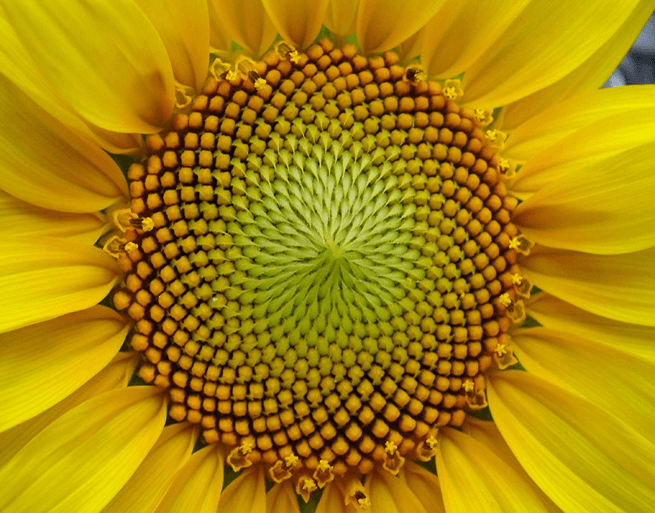Design Principles
The Golden Section
The Greeks knew it as the Golden Section. The Renaissance artists knew it as the Divine Proportion. As early as 500 B.C., Pythagoras proved that it was the basis for the proportions of the human body. It was used to create the great pyramids of Egypt, the Greek Parthenon, Notre Dame and numerous Renaissance paintings including DaVinci's Last Supper. It's a line segment divided into two parts, a long and a short part where the ratio of the short part to the long part is the same as the ratio of the long part to the whole. This ratio; 1: 1.618, has very special properties. It is a key design element in the creation of our Golden Acoustics product line.
Fibonacci
Leonardo Pisano Fibonacci was born in Pisa, Italy in 1175. The Fibonnacci numbers are 0,1,1,2,3,5,8,13,21,34 (add the last two to get the next number). This number sequence leads to the "golden section" numbers which leads to the divine proportion of 1.618.





